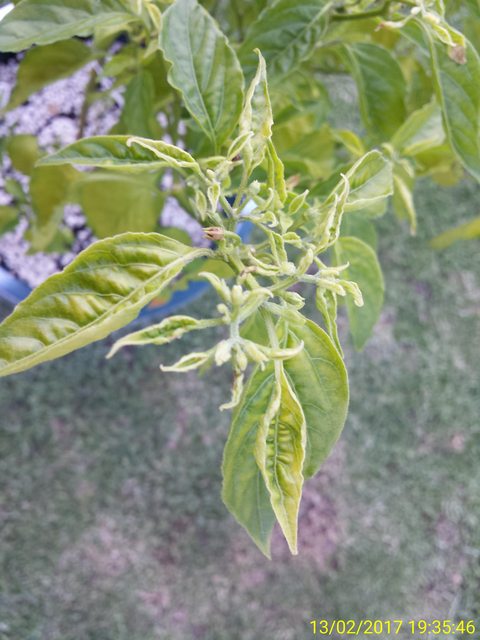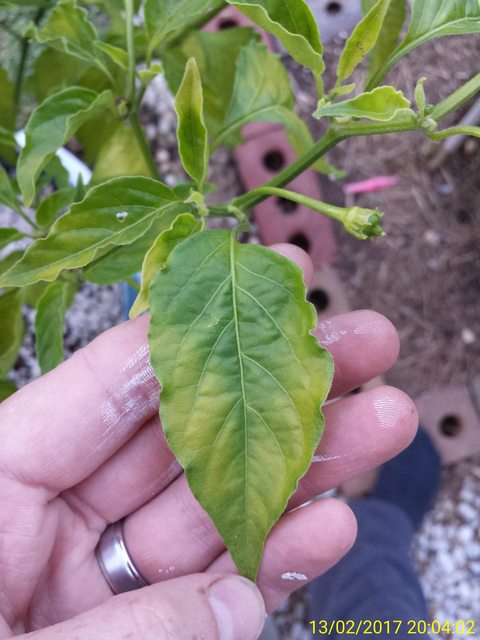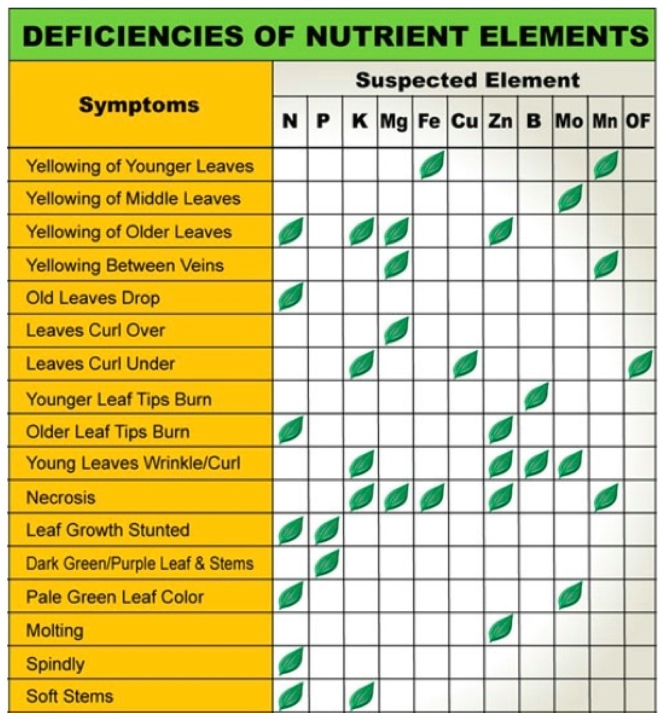Hi All,
I'm currently growing a bishops crown and it was doing great. The plant is pretty big and plenty of flowers. My problems are;
- Only about half a dozen pods have set
- New growth is looking a bit stunted - curly leaves with pronounced veins. Colour is lighter than normal.
- All the leaves are looking a bit lighter in colour
It has been getting fed a half strength seaweed tonic one week (Seasol) and a half strength soluble fert the other week (Manutec Bloom Booster. N-P-K: 6.19 - 14.64 - 16.80 (Equiv. to roughly 1-7-6 for U.S. NPK)
I also noticed last night, that it seems to be getting potbound. I reckon I could pull the whole thing out and it would leave no medium in the pot. It is in about a 20L pot (approx 5 Gallons)
Now of course, we have had some pretty strange weather lately and it could just be that! I'm talking 30C one day, then 43C the next and then down to 24C and a torrential downpour a few days later - its a bit all over the place this year....
So here's my thoughts -
- I should probably pot it up to a bigger pot or possibly prune its roots? I have no idea if root pruning is a done thing with chillis or not.
- Lighter coloured leaves and abnormal new growth - possible nitrogen deficiency? I haven't fed it any nitrogen since it started flowering and probably didn't give it much before then either. There is some nitrogen in the bloom booster but should I give it more?
Thanks in advance!
I'm currently growing a bishops crown and it was doing great. The plant is pretty big and plenty of flowers. My problems are;
- Only about half a dozen pods have set
- New growth is looking a bit stunted - curly leaves with pronounced veins. Colour is lighter than normal.
- All the leaves are looking a bit lighter in colour
It has been getting fed a half strength seaweed tonic one week (Seasol) and a half strength soluble fert the other week (Manutec Bloom Booster. N-P-K: 6.19 - 14.64 - 16.80 (Equiv. to roughly 1-7-6 for U.S. NPK)
I also noticed last night, that it seems to be getting potbound. I reckon I could pull the whole thing out and it would leave no medium in the pot. It is in about a 20L pot (approx 5 Gallons)
Now of course, we have had some pretty strange weather lately and it could just be that! I'm talking 30C one day, then 43C the next and then down to 24C and a torrential downpour a few days later - its a bit all over the place this year....
So here's my thoughts -
- I should probably pot it up to a bigger pot or possibly prune its roots? I have no idea if root pruning is a done thing with chillis or not.
- Lighter coloured leaves and abnormal new growth - possible nitrogen deficiency? I haven't fed it any nitrogen since it started flowering and probably didn't give it much before then either. There is some nitrogen in the bloom booster but should I give it more?
Thanks in advance!



